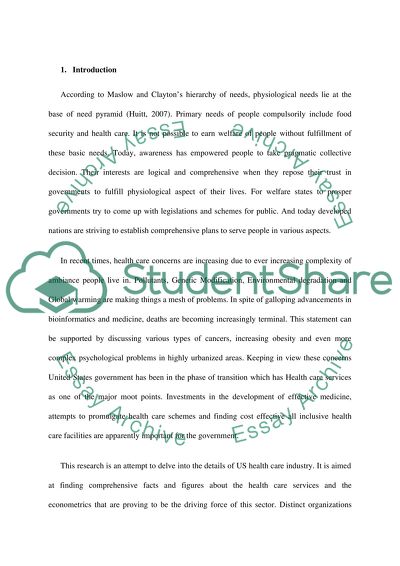Cite this document
(“Government's role in healthcare markets Research Paper”, n.d.)
Retrieved from https://studentshare.org/health-sciences-medicine/1641907-governments-role-in-healthcare-markets
Retrieved from https://studentshare.org/health-sciences-medicine/1641907-governments-role-in-healthcare-markets
(Government'S Role in Healthcare Markets Research Paper)
https://studentshare.org/health-sciences-medicine/1641907-governments-role-in-healthcare-markets.
https://studentshare.org/health-sciences-medicine/1641907-governments-role-in-healthcare-markets.
“Government'S Role in Healthcare Markets Research Paper”, n.d. https://studentshare.org/health-sciences-medicine/1641907-governments-role-in-healthcare-markets.


